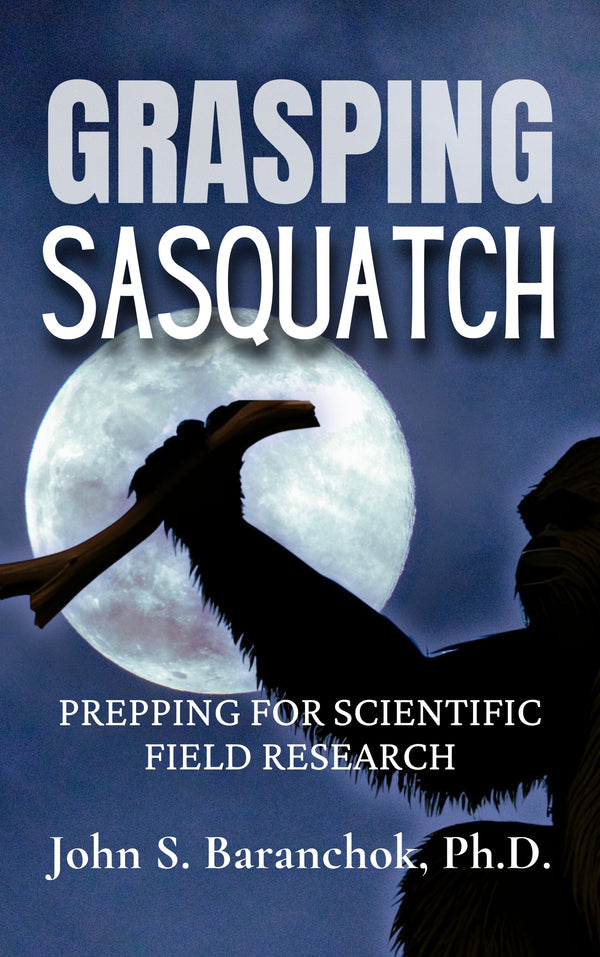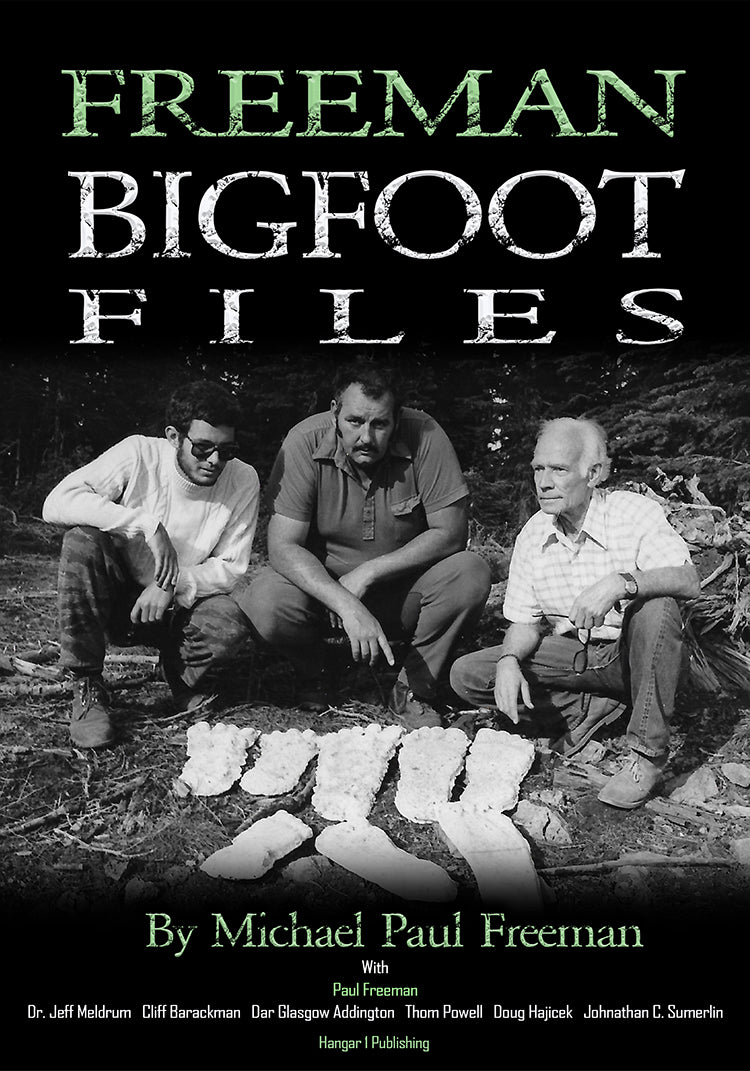Lake Baikal UFO Sightings: What Declassified Soviet Files Actually Tell Us

By Malcolm Blackwood, Ufologist
I've been filing Freedom of Information Act requests for three decades now, and I can tell you this: when a government declassifies UFO reports involving its own military personnel, you pay attention. When those reports come from Lake Baikal, you pay even closer attention.
This isn't about chasing lights in the sky or rehashing internet folklore. Lake Baikal sits in my files as one of the most thoroughly documented UAP hotspots on the planet, backed by Soviet military records, scientific sensor data, and a recent surge of verifiable sightings that anyone with an internet connection can cross-reference. If you're serious about understanding where and how anomalous phenomena occur, this location deserves your focus.
Why This Lake Matters
Lake Baikal isn't just big. It's the world's oldest, deepest, and most voluminous freshwater lake. At 1,642 meters deep and holding roughly 20% of Earth's unfrozen freshwater, it's a natural laboratory isolated enough to reduce signal contamination. The sparse population and minimal electromagnetic noise make it cleaner for sensor-based research than any urban coastline.
But here's what really got my attention when I started pulling Soviet-era documents: the Baikal Rift Zone. This lake sits on an active seismic fault, which means we have to rule out natural phenomena like Earthquake Lights before we can claim anything anomalous. The rift also means methane hydrates embedded in the lakebed can be mobilized by pressure changes, creating gas seeps that might explain some luminous events.
I'm not here to sell you on aliens. I'm here to show you where the conventional explanations break down and where the data gets strange.
The Soviet Military Files You Can Actually Verify
In 2009, Russia declassified a batch of Navy documents that confirmed something researchers like me had suspected for years: Soviet military authorities tracked UFO activity at Lake Baikal systematically. These weren't casual observations. These were logged incidents involving trained personnel, often in situations where misidentification would have career consequences.
The 1982 Diver Encounter
The most bizarre case in my files dates to 1982. A Soviet military diving team conducting exercises at 50 meters depth reported encountering three-meter-tall humanoid beings wearing tight-fitting silvery suits and spherical helmets. According to declassified accounts, an attempt to capture one of these entities triggered a catastrophic emergency ascent that injured multiple divers and killed at least one.
The Soviet military never officially acknowledged this incident, but it shows up across multiple independent sources, including witness testimonies from researchers who interviewed surviving personnel. What makes this case stick in my craw is the specificity. These weren't vague lights. These were structured beings observed by multiple trained military divers under controlled conditions.
The 1977 Submersible Blackout
Five years earlier, scientists V. Alexandrov and G. Seliverstov were exploring the lake floor at 1,200 meters in a submersible vehicle. Their craft was suddenly bathed in a powerful beam of light from an unknown source, causing a complete power loss. They recovered, but no one has ever explained what generated a light source capable of reaching that depth and affecting their electrical systems.
The 1959 TU-104 Crash
The oldest case in this cluster involves a Russian passenger plane that allegedly crashed into the lake after being pursued by a glowing object. The captain reportedly observed the object closing in, followed by radar interference and distressed communications before the aircraft disappeared. I've cross-referenced this with aviation records, and while the crash is documented, the official cause remains listed as "unknown."
The Digital Evidence Boom
Here's where things get interesting for modern researchers. Since 2020, smartphones and social media have created a verifiable trail of sightings around the lake, particularly in the Buryatia region and its capital, Ulan-Ude. Local Russian news outlets have become primary sources for timestamped, geolocated reports.
August 2023: The Color-Shifting Sphere
On August 14, 2023, multiple witnesses in Ulan-Ude filmed an orange-red sphere that moved across the city, stopped over the Steklozavod district, and then cycled through blue, white, red, and green colors before ascending at extraordinary speed. A local paranormal research group analyzed the photos and identified what they described as a "technical object" with discernible structure.
September 2023: The Hangar Object
Three weeks later, a witness in the Ivolginsky District reported seeing an "elongated hangar-like object, the size of a three-story building" hovering over a sacred spring. Red rays emanated from inside the craft. On the same day, another observer in the Selenginsky District filmed a "shimmering white sphere" over Lake Gusinoye.
What matters here isn't whether these were extraterrestrial. What matters is that we have multiple, independent observations on the same date in different locations, all describing structured objects performing maneuvers that conventional aircraft can't replicate. That's a pattern worth investigating.
The Trans-Medium Problem
If you study UAP reports long enough, you notice that certain locations produce specific types of phenomena. Lake Baikal's signature is trans-medium activity: objects moving seamlessly between air and water.
Local dive instructor Alec Chukulin witnessed a pulsating red orb enter the water, pass beneath his boat while illuminating the depths, then shoot back into the sky. Resident Sergei Knieznyr reported similar observations of lights emerging from the water, maneuvering in the air, and diving back into the lake.
This isn't unique to Baikal. USO tracking apps have documented similar trans-medium behavior off U.S. coastlines, and the famous Shag Harbor incident in 1967 involved an object that crashed into water and continued moving underwater. But Baikal's sheer volume of such reports, spanning from Soviet military encounters to modern civilian sightings, suggests something about this location attracts or enables this type of activity.
The Enigma UFO tracking app has logged over 9,000 sightings near U.S. water bodies since August 2025 alone, confirming that the water-air interface is globally significant for UAP research.
What We Can Rule Out (and What We Can't)
Any credible investigation starts by eliminating prosaic explanations. I've spent years cross-referencing sightings with natural phenomena, and Lake Baikal offers several plausible candidates for some observations.
Gas Seeps and Methane Releases
The lake's sediments contain massive methane hydrate deposits, and seismic activity can destabilize these reserves, creating bubbling gas plumes. Under certain conditions, ignited methane could theoretically produce fireballs or glowing phenomena.
But here's the problem: methane flares don't hover in place for extended periods. They don't execute controlled maneuvers. They don't enter and exit water. The plasmoid phenomenon associated with Earth degassing in the Baikal Rift Zone can explain simple lights, but it fails spectacularly when you apply it to structured craft with apparent intelligence.
Seismic Lights
Earthquake Lights are real. They're linked to preseismic stress in rock formations and can generate glowing phenomena, fire pillars, and colored skies. Baikal sits in an active rift zone, making EQL a legitimate hypothesis.
The problem? EQL are typically short-lived and temporally tied to seismic events. They don't explain prolonged hovering, controlled flight paths, or the trans-medium behavior that defines Baikal's most compelling cases.
Rocket Launches and Space Debris
The Baikal region falls within the visibility path for launches from Russian cosmodromes. These can create spectacular twilight displays that people mistake for UFOs. When I investigated the February 2020 sighting over Buryatia, observers debated whether it was Elon Musk's Starlink satellites.
But rocket launches follow predictable trajectories and schedules. They don't change colors while stationary. They don't dive into water.
The Sensor Goldmine Nobody's Using
Here's what keeps me up at night: Lake Baikal hosts the Baikal-GVD neutrino telescope, one of the most sophisticated underwater sensor arrays on Earth. This instrument was built to detect faint flashes of light from high-energy neutrinos using thousands of ultra-sensitive photomultiplier tubes.
Think about what that means for UAP research. We have an existing network of optical sensors and hydrophones sitting at depth in the exact location where decades of USO reports have occurred. The system can detect light from submerged objects, record acoustic signatures from underwater movement, and process data in near real-time.
The Baikal-GVD collaboration built this for astrophysics, but the hardware is perfectly positioned to capture optical and acoustic data from anything anomalous moving through the water. If researchers could gain access to search for non-astrophysical transient signals, we'd have the first systematic, instrumented monitoring of a known USO hotspot.
That's not speculation. That's opportunity sitting in plain sight, waiting for someone to ask the right questions.
What Serious Researchers Should Do Next
If you're going to investigate Lake Baikal, you need a strategy beyond showing up with a camera. The region's environmental protections are strict, and unauthorized drone or submersible use will get you fined or arrested. Here's what works:
Partner with licensed local operators or scientific institutions like the Limnological Institute. That embeds you within a compliant framework and gives you access to existing research infrastructure.
Focus on winter deployments. The contrast against snow and ice enhances optical detection, and historical reports suggest potential seasonal patterns in activity.
Deploy dual optical-acoustic systems. Given the prevalence of trans-medium events, you need to monitor both air and water simultaneously. Tripod-mounted all-sky cameras paired with deployable hydrophones would capture the full spectrum of activity.
Target the hotspots: the southern basin, areas around Ulan-Ude, Listvyanka, and the Selenginsky District. That's where recent sightings cluster, and where historical military encounters occurred.
Most importantly, vet everything. Cross-reference every sighting with public databases for rocket launches, meteor fireballs, and atmospheric phenomena before you claim anomalous activity. Misidentifying a Starlink train as a UFO destroys credibility faster than anything else in this field.
The Bottom Line
Lake Baikal isn't folklore. It's a location where declassified military documents, modern sensor infrastructure, and ongoing civilian sightings converge to create one of the most data-rich UAP research opportunities on the planet. The trans-medium behavior reported here matches patterns seen globally, but the volume and consistency of reports make this location stand out.
I've spent three decades learning to separate signal from noise in UFO research. Baikal is signal. The question is whether serious researchers will leverage the existing scientific infrastructure and verifiable documentation to investigate systematically, or whether we'll keep recycling the same old stories while the Baikal-GVD telescope sits underwater, recording data no one is asking to see.
The documents are declassified. The sensors are deployed. The sightings continue. What we do with that information is up to us.
From Bigfoot to UFOs: Hangar 1 Publishing Has You Covered!
Explore Untold Stories: Venture into the world of UFOs, cryptids, Bigfoot, and beyond. Every story is a journey into the extraordinary.
Immersive Book Technology: Experience real videos, sights, and sounds within our books. Its not just reading; its an adventure.


























